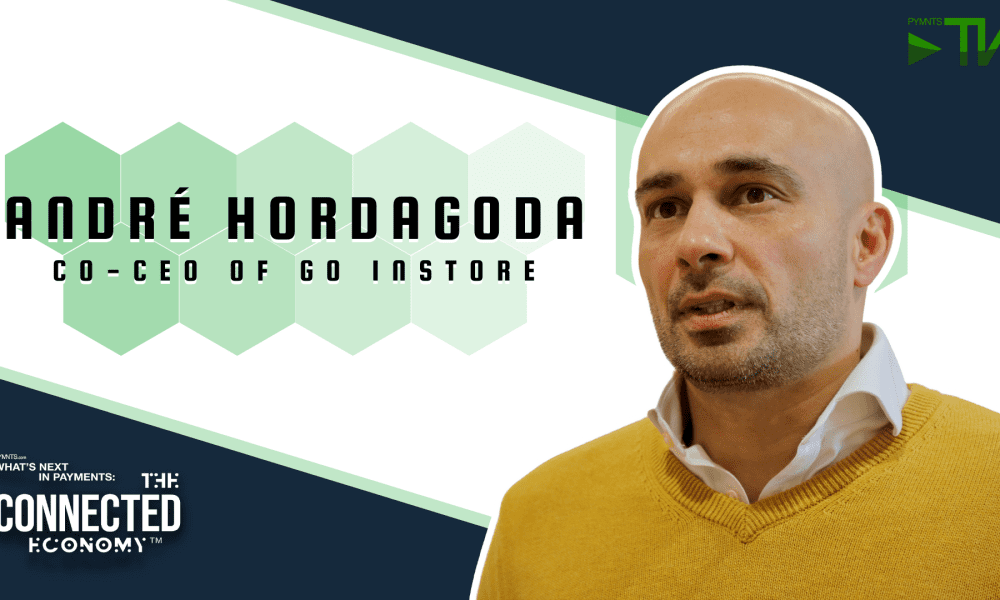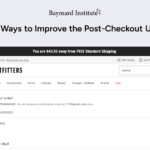People put in the effort to go into stores intending to buy, which may or may not be what brings them to an eCommerce site or online marketplace, where they might just browse.
This fundamental fact of retail is being reshaped in the pandemic era as eCommerce becomes the go-to, forcing physical retailers to innovate. Retaining the person-to-person dynamic found in stores is vital to create the trust that drives sales of higher-ticket items online.
Go Instore co-CEO and co-Founder André Hordagoda told PYMNTS’ Karen Webster that when he started looking at this problem back in 2014, “websites and the physical stores were the two most important channels, but the [key metrics] that sit behind them were very different. When you go into a store, your propensity to buy something sits at 20% to 30%, whereas you look at the same retailer or brand’s website, you’re looking at 1% to 2%, which is a massive differential.”
Crunching the numbers on “low footfall/high conversion rate” and “massive footfall/very low conversion rate,” Hordagoda and his team seized on the idea of their live video shopping concept with the following value prop: “If we can deliver an in-store experience to online customers, maybe we can deliver the in-store conversion rate in the online channel.”
Go Instore’s tech puts a human sales associate on the other end of a video feed to use their product knowledge and engaging personality to convert online — with a physical assist.
“What our data says [is] if people are converting at the same rate as if they were in the physical store, for our clients anyway, it leads me to believe that it’s really about product knowledge and the ability of the salesperson to help you through that purchase,” he said.
See also: Brands, Tech Giants See International Opportunity in Streaming Commerce
Between Two Extremes
If not for COVID, live video shopping might not be taking off as quickly as it is. As is happens, Hordagoda is calling it “the third channel” in a physical and digital mix.
The solution “sits neatly between one extreme, which is digital and faceless, and the other, which is very, very personable. The conversion rates are high, the customer satisfaction’s high. That’s not saying I will never go to the physical store again, but there is that ability for me to engage instantly from the comfort of my own home or an airport lounge or on my lunch break.”
Retailers are using live video shopping to find consumers where they are these days, and that’s often online engaging with TikTok, YouTube, Instagram, Facebook and other social channels. Noting that Go Instore was acquired in 2021 by social commerce platform Emplifi, Hordagoda told Webster that connected economy dynamism is driving adoption for the solution.
“You could be on TikTok or Facebook or Instagram, you see something from a jeweler, or consumer electronics or whatever it is, [and] that would be the launch point where you can actually get into the physical store,” he said, describing the crucial digital front door.
As connected and personal as these experiences become, he said, “People buy from people is the truth of it. As the world becomes more digital and we talk about AI and bots and all that, don’t get me wrong; there’s certainly a place in the world for that. But to really convert people and to get people to buy into you or your brand, you can’t replace the human being.”
See also: Walmart Turns Social Commerce Videos Into One-Click Checkout
And Data Seals the Deal
Live video also provides a wealth of data that merchants and brands are putting to work in different ways as they use live remote engagement to drive more conversions.
“The original offering was to deliver the benefits of a physical store visit to the online customer, but actually flipping that around, there’s so much data and information that you get online,” Hordagoda said. “How do we use that to empower the sales associate to help the customer and enrich that experience?”
Answering his own question, he added, “when you click to use our service, when that inquiry comes through, not only are we looking at the IP address of the customer, we’re routing them to the local store first off, just in case you do want to physically go and pick it up, but also we are imparting the sales associate with loads of information.”
For Go Instore, that data gives valuable clues to shopper mindset — vital in conversions.
Using jewelry to illustrate, he told Webster it “falls into two categories of three that we say are considered purchases. We talk about complex, expensive or emotional. Jewelry certainly sits in the expensive and emotional. In those two scenarios, it is often the confidence of someone saying, ‘You should definitely get this,’ that gives people confidence to make a purchase.”
Like other concepts that have been around a while and are being updated for consumers living in the connected economy, live video shopping is a digital video update to window-shopping.
“In the same way that I might be walking past a walk-in store, it’s the same way that we would encourage people to adopt Go Instore,” Hordagoda said. “So, let’s turn your website into that physical door that people virtually walk into the physical store through.”
See also: Physical Retail Recovery Rocks on With Better Omnichannel Experiences Powered by Digital Tech






